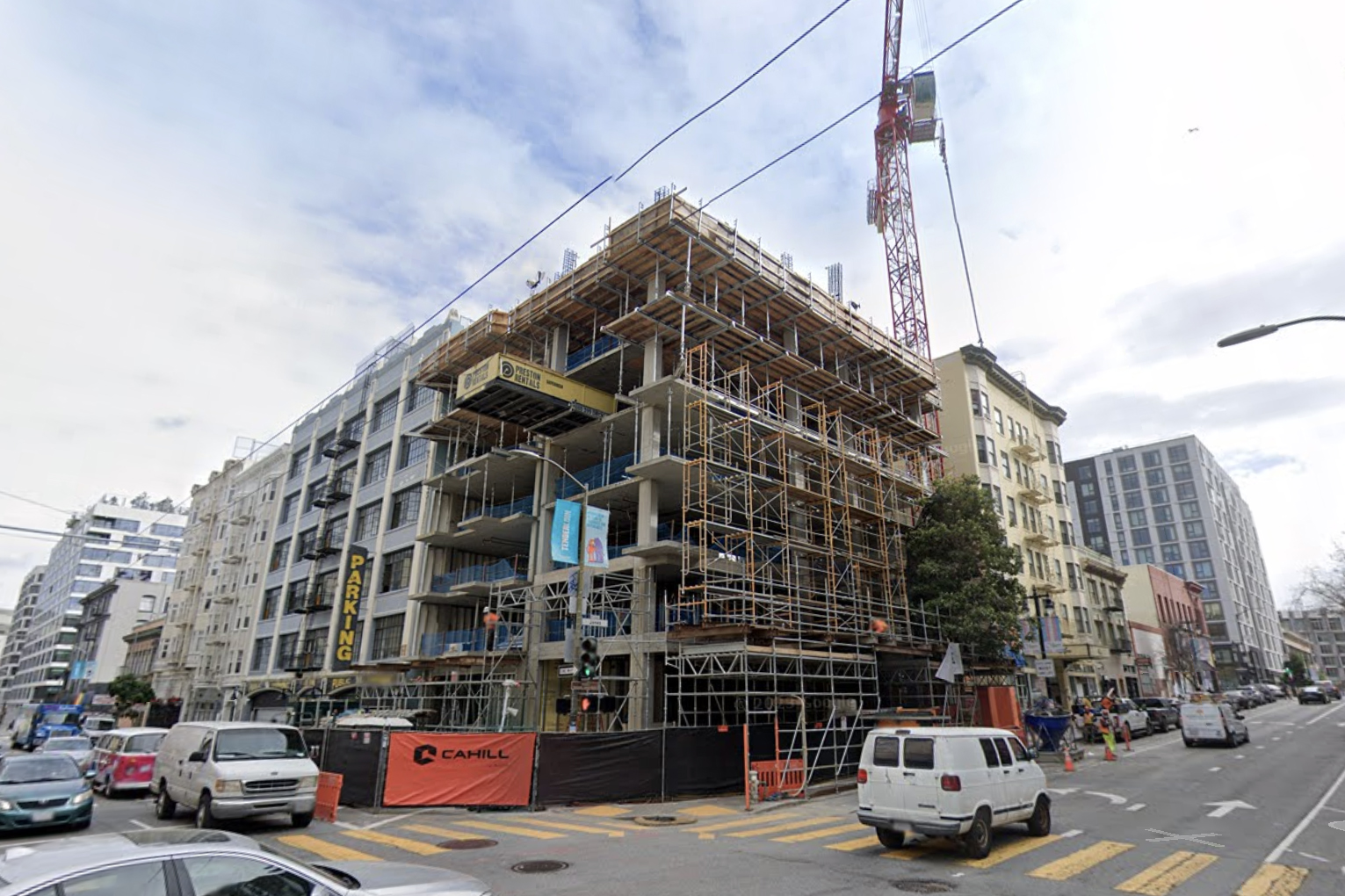More than 50 architects, developers and contractors shared pent-up frustration with the city’s bureaucratic permitting process Wednesday during an afternoon forum at the San Francisco Permit Center.
“We want to lose the first-place race of being the longest permitting agency in the state,” said Liz Watty, director of current planning with the San Francisco Planning Department.
But the event turned into a bit of a venting session as attendees complained about long wait times, overly complicated procedures and decisions made on a whim by individuals.
The point of the meeting was to gather input on potential changes to the site permit process, which is meant to allow applicants to submit early versions of plans with the aim of getting them reviewed and approved faster. The feedback session was designed to inform new legislation expected to be introduced by Mayor London Breed in the next two months.
It’s also part of an initiative to cut red tape in housing approvals as part of a larger strategy initially announced in February to pave the way for some 82,000 units laid out in San Francisco’s Housing Element.
A new piece of legislation introduced Tuesday by Breed and Supervisor Joel Engardio sets out to eliminate processes that tie up projects, loosen restrictive zoning and create new incentives for housing development.
Data from state officials showed that housing projects in San Francisco face a median wait time of more than 450 days for entitlement, or an approval to develop a building for a specific use, the longest measured of any jurisdiction in California.
The measure would remove the requirement that projects obtain conditional-use authorizations from the Planning Commission as long as they are compliant with the city’s zoning. Under current law, conditional use hearings are triggered across a range of situations, ranging from height levels or lot size, leading to additional cost and time for builders.
The proposed legislation would also streamline the process for building senior housing and open up the ability to build homeless shelters and group housing in residential districts. It would also loosen design standards around areas like private open space, minimum lot size and building setbacks in an effort to provide more flexibility.
Other changes include allowing additional uses on the ground floor of residential buildings and lowering the minimum lot width and area to 20 feet and 1,200 square feet, respectively.
In order to help spur development, the law would expand eligibility for housing incentive programs like Home-SF, which allows developers additional density and streamlined entitlement if they set aside a larger-than-required portion of their units as affordable.
“By removing unnecessary barriers and rules for projects that already comply with existing zoning, we can get housing built faster,” Breed said in a statement. “If we want to create housing for working people and families in this city, we can’t just talk about wanting more housing—we have to take action to cut the rules and regulations to get more homes built.”
Still, if the comments from people who spend much of their day navigating San Francisco’s process for building housing are any indication, much more will be necessary to meet the city’s ambitions.
“Nothing in this changes the lengthy time process that we have, and that is the problem,” said Sean Keighran, president of the Residential Builders Association. “We have to get in, put our head under the hood and fix everything else that’s really, really wrong with the system.”
